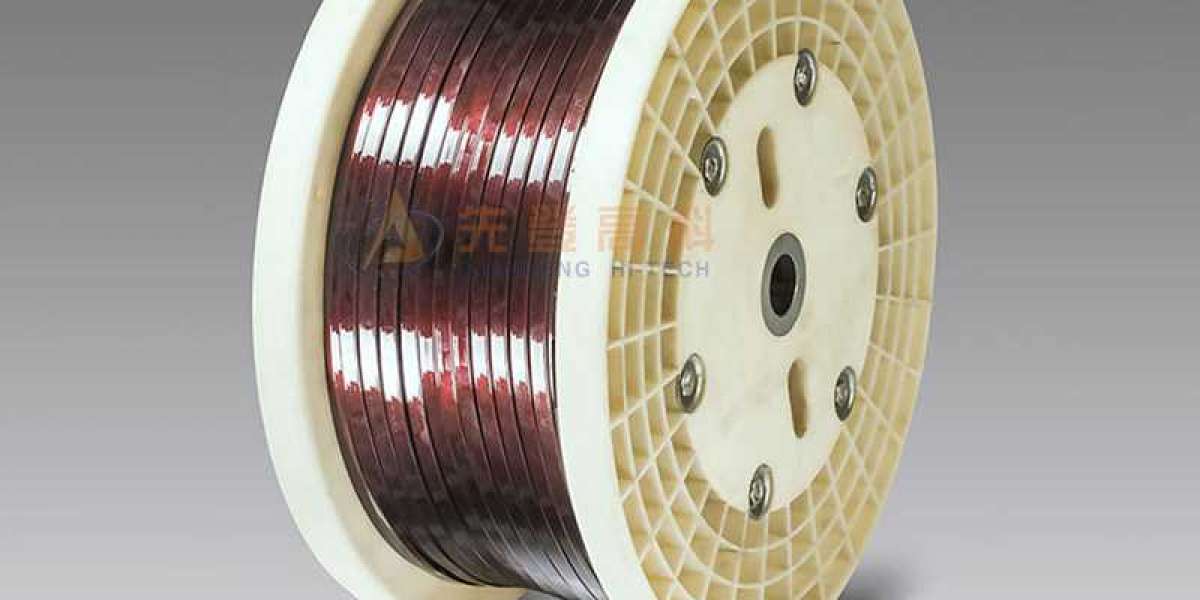The best quality copper wire needs to have uniform electrical strength at all times. However, some points of insufficient electrical strength and capacity may remain in the wire. These spots are called "pinholes". In other words, a "pinhole" is a discontinuity in the enamel coating/covering of a copper conductor.
While a certain number of such "pinholes" are allowed according to industry standards, checking their quantity is extremely important to gauge the overall quality of the copper enameled wire. This is where the pinhole tester is so important.
For the pinhole test, a length of enameled copper wire is immersed in a salt bath solution. Ideally, the bath should contain about 3% phenolphthalein solution and 0.2% saline, with phenolphthalein and sodium sulfate as indicators. A power supply must be connected and the voltage should be set to 12V.
When a discontinuity in the enamel coating is detected, an electrolytic reaction occurs at the exact location of this pinhole. A red bubble will appear, indicating the presence of a pinhole. The chemical reaction that occurs during the pinhole test is: 2Cu + H 2 O = 2CuO + 2H 2 ↑
If the total number of pinholes is greater than the number mentioned in the standard specification, the relevant enameled copper wire will be rejected. Otherwise, the wire is said to have passed the pinhole test process.







